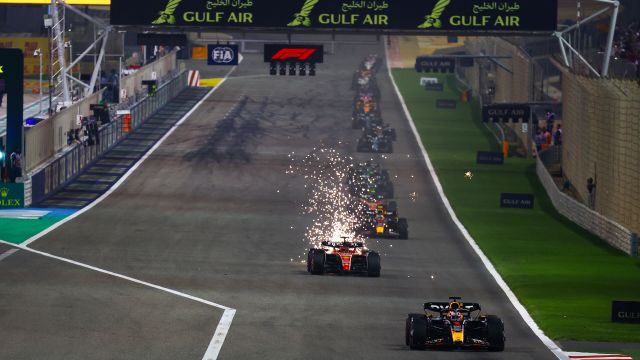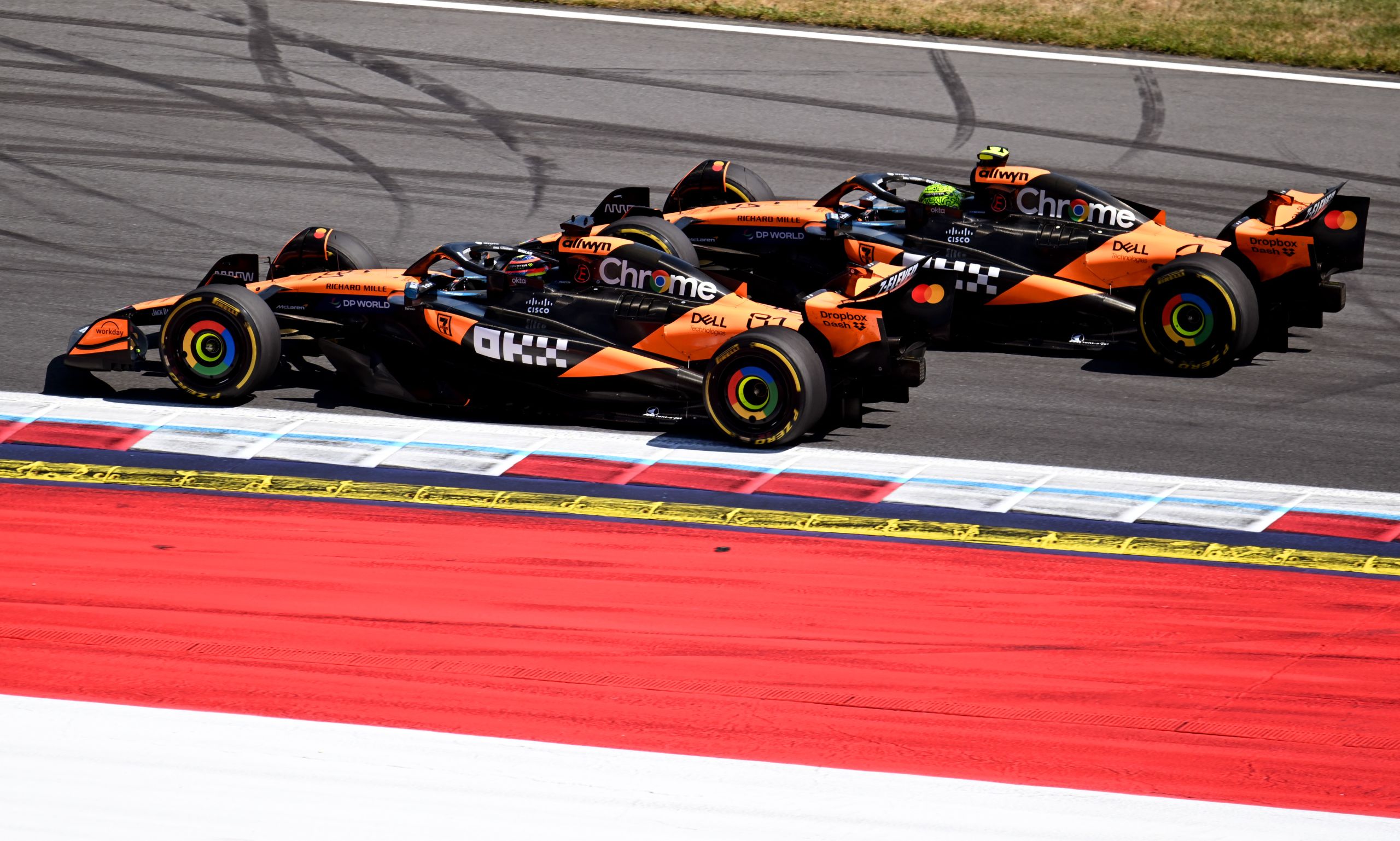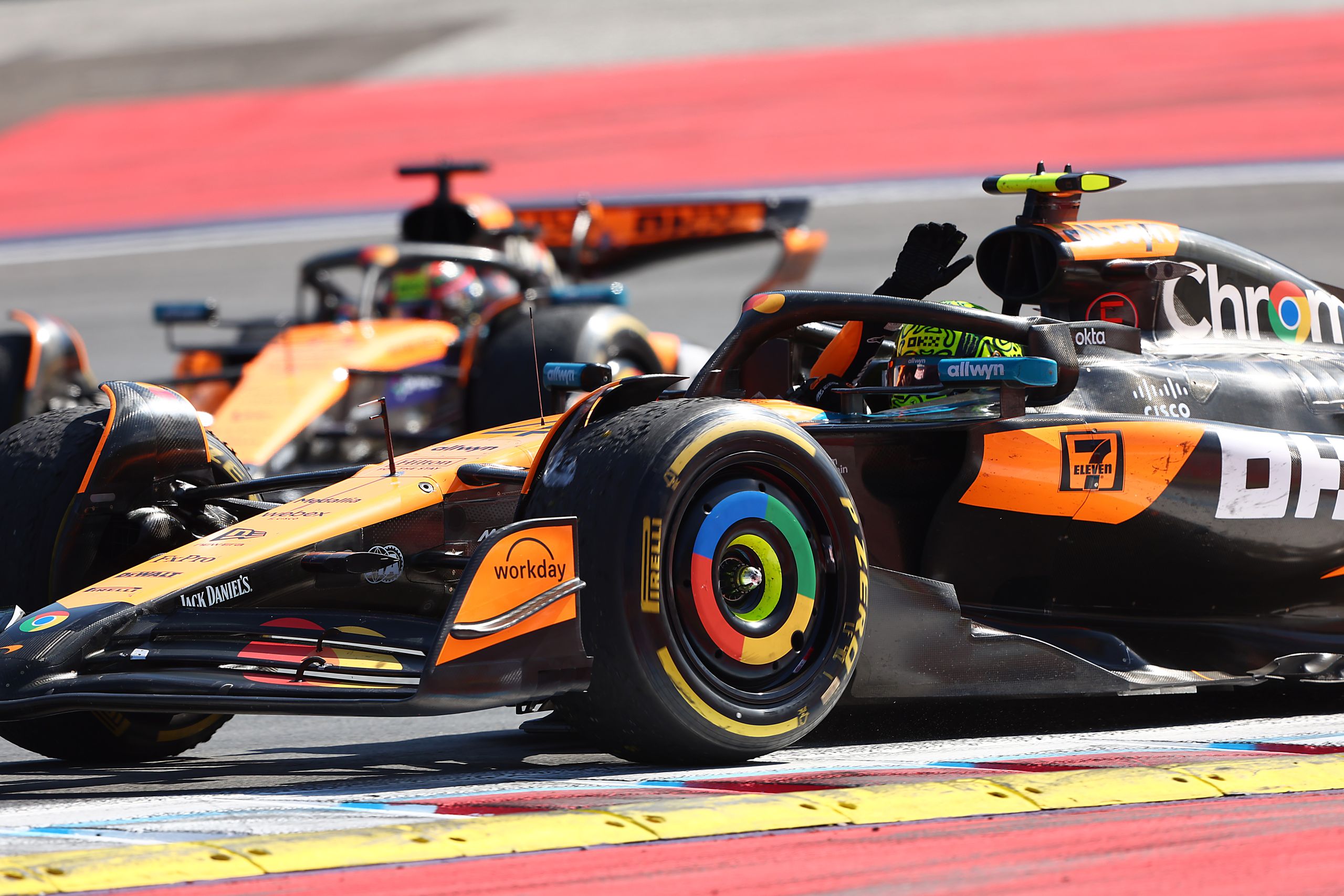What Type Of Track Is Bahrain? – Unveiling The Formula 1 Circuit Characteristics


Located in the heart of the desert, the Bahrain International Circuit in Sakhir has become renowned for hosting the Formula 1 Bahrain Grand Prix. Since its inauguration in 2004, the circuit has been a staple on the F1 calendar, offering a blend of long straights and challenging corners that put driver skill and car performance to the test.
The track layout is characterized by its series of high-speed sections interjected with tight turns that demand careful braking and precision. This mix provides a significant test for both the drivers and their vehicles, with a particular emphasis on stability under braking and traction out of corners. The desert setting also contributes to the track’s uniqueness, with sand at times affecting grip levels and adding to the challenge.
The Bahrain International Circuit offers various configurations, but F1 typically utilizes the Grand Prix Circuit layout, which has undergone several modifications since its debut race in 2004. This configuration offers a balanced test of speed and technicality, making it a fitting venue to observe the capabilities of modern Formula 1 machinery and the skills of their drivers.
History and Evolution
The Bahrain International Circuit has a rich history as a pioneering venue in Middle Eastern motorsports, combining innovative design with memorable competitive events. Here is how it has evolved over time.
Inception and Design
The Bahrain International Circuit, located in the Sakhir desert, was inaugurated in 2004 and marked the first Formula 1 Grand Prix in the Middle East. Designed by renowned track architect Hermann Tilke, the circuit’s layout was created to provide a challenging race environment. Cooling systems were a crucial requirement to address the desert heat, a unique aspect for a Formula 1 track.
Iconic Races and Records
During its history, the Bahrain Grand Prix has been the stage for many significant moments in Formula 1. Michael Schumacher won the inaugural race; since then, champions like Fernando Alonso have triumphed here. The track’s lap record, an indicator of its demanding nature and the technological advancements of the sport, reflects intense competition among teams and drivers to excel on this circuit.
Recent Developments
The circuit has seen several evolutions to keep up with the shifting dynamics of Formula 1 racing. For instance, a shortened outer track layout was used for the Sakhir Grand Prix during the COVID-19 pandemic to comply with the revised season’s logistical demands. The developments at the Bahrain International Circuit show a commitment to maintaining its status as a premier racing destination.
Circuit Technical Specifications
The Bahrain International Circuit is renowned for its diverse racing layouts and state-of-the-art facilities which contribute to its classification as a FIA Grade 1 track. The circuit is designed to provide an engaging challenge for drivers while offering excellent viewing opportunities for spectators.
Track Layout and Features
The Bahrain International Circuit features three major track configurations: the Grand Prix Circuit, the Endurance Circuit, and the Outer Circuit. The Grand Prix Circuit, most commonly used for the annual Formula One Bahrain Grand Prix, spans 5.412 km with a combination of high-speed long straights and challenging corners, which promotes overtaking. The circuit is comprised of a graywacke aggregate surface known for its high grip levels. Turns 11 and 12 are particularly notable, with Turn 11 being a potential overtaking spot, followed by the high-speed Turn 12 where drivers must execute precise braking.
- Track Map: A detailed track map showcases the intricacies of the circuit, including DRS zones which are strategically placed to increase overtaking opportunities.
- Circuit Length:
- Grand Prix Circuit: 5.412 km
- Endurance Circuit: 6.3 km
- Outer Circuit: 3.543 km
Infrastructure and Facilities
The infrastructure at the Bahrain International Circuit is designed to support a wide array of racing series. With two main pit complexes, the circuit can operate different events concurrently. The facilities include a state-of-the-art paddock, which serves as a central hub for teams and officials during race events. The paddock is designed to provide an efficient and comfortable environment for all circuit operations.
- Facilities:
- Paddock Circuit provision for race team operations
- Two major pit complexes for simultaneous event hosting
Performance Dynamics
Performance at the Bahrain International Circuit is influenced by the track’s layout and surface. Long straights lead to high-speed sections that test a vehicle’s acceleration and top speed. The use of graywacke aggregate for the track’s surface ensures optimal tire grip that contributes to better handling and stability during tight corners. The presence of multiple DRS zones adds a strategic element to races, as drivers must decide the best points to attempt overtaking maneuvers.
- Key Performance Factors:
- Long straights for acceleration and top speed tests
- High-grip graywacke aggregate track surface
- Multiple DRS zones to aid overtaking strategies
Racing Events and Experience
The Bahrain International Circuit is renowned for its premier racing events, including the flagship Formula One Bahrain Grand Prix, which features state-of-the-art facilities and under-the-lights excitement.
Formula One Grand Prix
The Bahrain Grand Prix is a key race in the Formula One World Championship. Typically one of the early races of the F1 season, it offers drivers and teams a challenging blend of high-speed straights and complex corner sequences. Since its inaugural race in 2004, the Bahrain GP has been a cornerstone event highlighted by the use of Pirelli tires and extensive floodlighting that enables a spectacular night race experience. Qualifying sessions and the actual Grand Prix unfold under the glare of floodlights, producing exceptional conditions for both drivers and spectators.
The track layout is equipped with DRS (Drag Reduction System) zones that add an extra dimension to the race strategy, allowing drivers to adjust their car’s rear wing angle for reduced drag, facilitating overtaking maneuvers.
Other Racing Competitions
Beyond the excitement of F1, the Bahrain International Circuit hosts diverse motorsports events throughout the year. The Gulf 12 Hours brings endurance racing to the track, where a mix of GT and prototype cars compete in a split-format race, distinguishing it from other events. The World Endurance Championship also features on the circuit’s calendar, where drivers compete in a series of long-distance races, challenging their consistency and endurance.
Additionally, the Australian V8 Supercars have competed on this circuit, showcasing touring car racing and contributing to the varied motorsport offerings of Bahrain. These events collectively enhance the circuit’s reputation as a versatile and dynamic venue for a range of premier international and regional racing series.
Challenges and Innovations
The Bahrain International Circuit, a prominent Middle Eastern track, encounters specific challenges inherent to its desert environment, but has also embraced technological advancements to maintain racing integrity.
Environmental and Technical Challenges
The Bahrain International Circuit is characterized by its hot climate and desert location, posing unique challenges related to sand infiltration and temperature extremes. Air filtration systems are critical to protect engines from the abrasive desert sand that can lead to increased engine wear. The high ambient temperatures can cause tyre temperatures to soar, necessitating careful management to prevent degradation. Additionally, the track is known for heavy braking zones, which stress the cars’ braking systems over the course of multiple laps.
Advancements in Racing Technology
To counteract the harsh conditions, teams competing at Bahrain have implemented several advanced technologies within their vehicles. They have optimized cooling systems to ensure engines can cope with the heat, while gas compositions for fuel are designed to maximize efficiency and power in hot conditions. Evolution in tyre technology allows teams to adapt to the circuit’s demands, with compounds specifically designed to endure high tyre temperatures and degradation while maintaining grip on the sandy surface.





